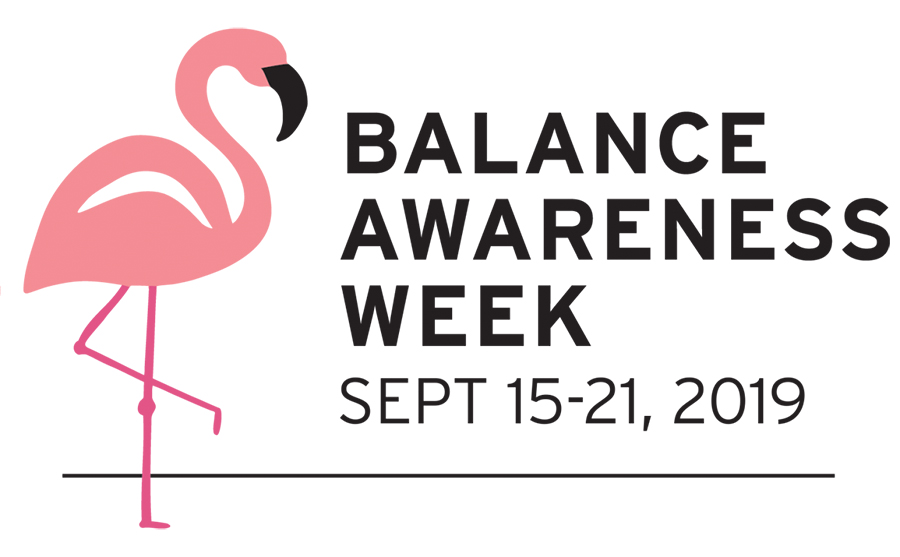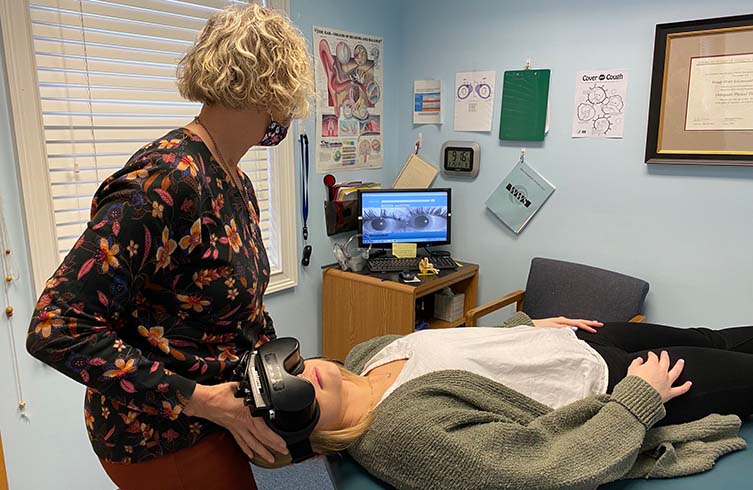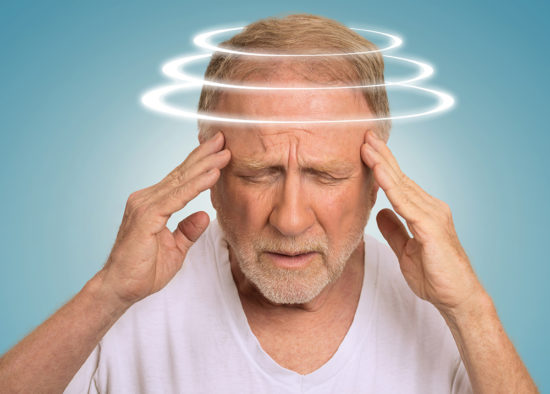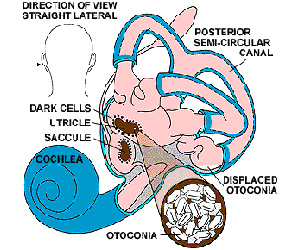We celebrate Balance Awareness Week September 15-21, 2019, at WWSPT.

Having good balance is something that many of us take for granted, but many people, especially in the older population, experience imbalance on a daily basis that can be debilitating.
There are three main systems that contribute to a person’s balance. The first is the visual system, which most people rely on as the primary system for balance. This reliance can present problems in low-light situations such as night time, or with visual changes that occur with age. The second system is our proprioception, which involves the ability of receptors in the joints of our feet and ankles to sense their position, as well as sensation, which can be disrupted with certain diseases such as peripheral neuropathy. The final contributor is your vestibular system, which is the tiny center located in your inner ear responsible for sending information to your brain regarding head movements and positioning. There are various disorders that can impact the vestibular system, including benign paroxysmal positional vertigo (BPPV), unilateral vestibular loss (UVL), and Meniere’s disease.

There are also other factors that can impact balance including leg strength and flexibility, hearing, brain injury, and cognitive function. Staying active and keeping up with yearly hearing and vision examinations can help to prevent imbalance. While people tend to associate declining balance with age, many do not realize that balance can be improved. This can be essential for decreasing fall risk, which is significant because The World Health Organization lists a fall as the second leading cause of accidental injury and death worldwide.
Physical Therapists, especially those who specialize in vestibular rehabilitation, are able to assess the contributing factors to your balance and design an exercise program that focuses on these deficits. The program may include leg strengthening and flexibility exercises, balance exercises, and head and eye movement exercises designed to improve the function of your vestibular system. If you are feeling less confident with your balance, don’t hesitate to contact your doctor or a physical therapist and request a consultation. It’s never too late to improve your balance and your confidence!
A simple exercise that can be done to work on balance is to stand near a stable surface with your feet together. The goal would be to maintain this position for 30 seconds. This exercise can be progressed to standing with feet together with one foot slightly in front of the other, to standing with one foot directly in front of the other, and to balancing on only one leg. As a general rule, the activity should be challenging but not so hard that you are unable to complete it for at least 8-10 seconds. To make a position more challenging, you can close your eyes (removing your vision and therefore one of your balance systems completely!), but remember that this will make the exercise much harder and be sure that you are able to grab onto the stable surface if needed to avoid a fall. Try to perform this exercise 1-2X per day if possible.
Kelsey Hanlon, PT, DPT
WWS Physical Therapy and Vestibular Rehabilitation
1456 Ferry Road
Suite 601
Doylestown, PA 18901
P:215-489-3234
F:215-489-0131
wwspt.com





